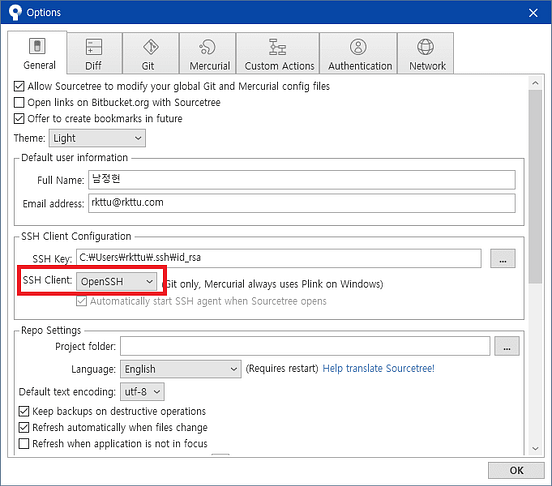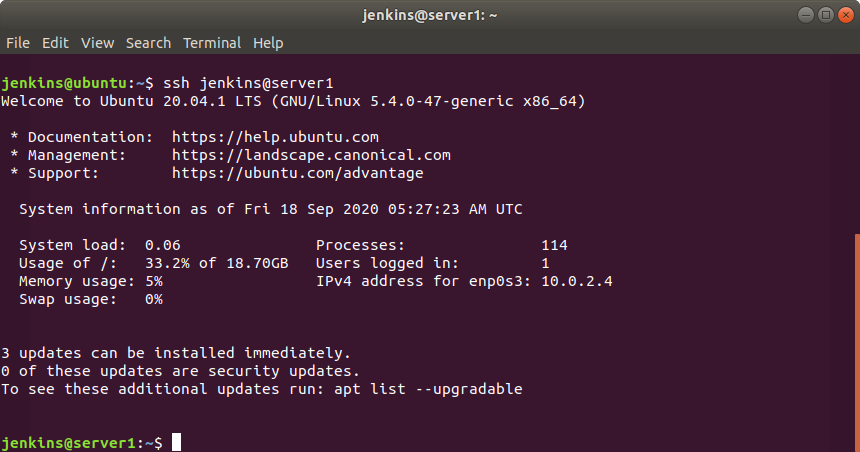

- SSH KEYGEN NOT WORKING SSH COPY ID HOW TO
- SSH KEYGEN NOT WORKING SSH COPY ID PASSWORD
- SSH KEYGEN NOT WORKING SSH COPY ID MAC

When all was done, I attempted to login to my VPS.
SSH KEYGEN NOT WORKING SSH COPY ID PASSWORD
ssh/ubuntu I expected, the utility asked for my VPS password in order to complete the public key transfer. Next I used the ssh-copy-id utility to copy my public key over to the authorized_keys file on my Vultr VPS:
SSH KEYGEN NOT WORKING SSH COPY ID MAC
To set up key-based authentication from my laptop to the server, I generated a new SSH keypair (named "ubuntu") on my Mac using the command: ssh-keygen -t rsa -b 4096. I'm partial to CentOS myself, but the task I was working on recommended Ubuntu. Now that it’s done, you can ask the end user to log in to the server.ĭo let me know if you face any issues or if you have any suggestion on this topic.I recently provisioned an Ubuntu virtual private server (VPS) on Vultr. You need to change the ownership to the user: chown -R username:username /home/username/.ssh You created those file with either root or your own admin accounts for some other user. Having appropriate file permission on the ssh file is very important otherwise you’ll see errors like Permission denied (publickey).įirst, make sure to set the correct file permissions: chmod 700 /home/user_name/.ssh & chmod 600 /home/user_name/.ssh/authorized_keys Step 3: Set appropriate permission to the file Now open this /home/user_name/.ssh/authorized_keys file with a text editor like Vim and add the public key of the user here: vim /home/user_name/.ssh/authorized_keys mkdir -p /home/user_name/.ssh & touch /home/user_name/.ssh/authorized_keys Keep in mind that you have to create these new directories and files in the end user’s home directory, not your own (root/sysadmin). Step 2: Create ssh directory in the user’s home directory (as a sysadmin) You can get this text via email or messaging tools. It will show a long random string starting with ssh-rsa: ssh-rsa AAAAB3NzaC1yc2EAAAADAQABAAABAQ3GIJzTX7J6zsCrywcjAM/7Kq3O9ZIvDw2OFOSXAFVqilSFNkHlefm1iMtPeqsIBp2t9cbGUf55xNDULz/bD/4BCV43yZ5lh0cUYuXALg9NI29ui7PEGReXjSpNwUD6ceN/78YOK41KAcecq+SS0bJ4b4amKZIJG3JWm49NWvoo0hdM71sblF956IXY3cRLcTjPlQ84mChKL1X7+D645c7O4Z1N3KtL7l5nVKSG81ejkeZsGFzJFNqvr5DuHdDL5FAudW23me3BDmrM9ifUmt1a00mWci/1qUlaVFft085yvVq7KZbF2OP2NQACUkwfwh+iSTP Step 1: Get the public keyĪsk the end user to provide the public key by typing the following command: cat ~/.ssh/id_rsa.pub ssh/authorized_keys directory and then copy the public key here. In such a case, you can ask the end user to provide her/his public key. The only way to access the server is using SSH public key authentication. Let’s say that you are the sysadmin and your server doesn’t allow SSH login via password. The first method had the action on the user side. Method 2: Manually copy the public ssh key to the server

If you have it at some other location, you should use that in the above command. I have used ~/.ssh/id_rsa.pub because that is the default location for the public ssh key. Your public key should be copied at the appropriate folder on the remote server automatically. When prompted, enter the password for your user account at the remote server. ssh-copy-id -i ~/.ssh/id_rsa.pub _ADDRESS_OF_THE_SERVER It even creates required directories and files.Īs I mentioned earlier, you should know the username and password to the server you want to access via public key authentication. OpenSSH provides a handy tool call called ssh-copy-id for copying ssh public keys to remote systems. If you add your public key to the server, you should be able to log in without typing the password all the time. It asks for your account’s password and you enter the server. Here, I assume that you were able to log in to the remote server using ssh _of_server. The first method is where the end user copies its personal computer’s public key to the list of the authorized keys on the remote server. Method 1: Automatically copy the ssh key to server The authentication is per user base so the public key goes in the intended user’s home.
SSH KEYGEN NOT WORKING SSH COPY ID HOW TO
Now that you have made sure of the above four requirements, let’s see how to use public key authentication.



 0 kommentar(er)
0 kommentar(er)
